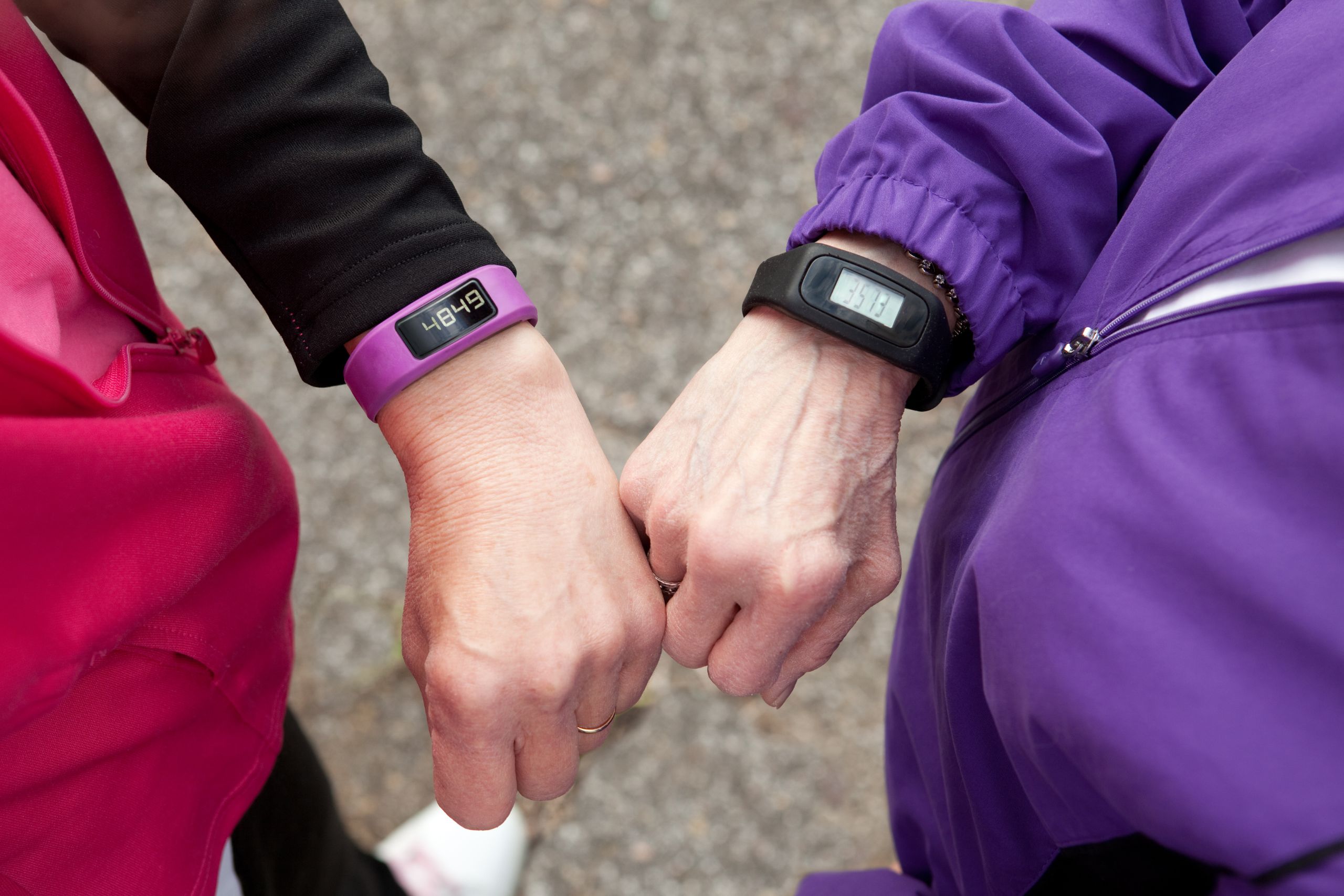In terms of health and fitness especially, wearable technology has transformed daily life. Among wearable technology, smartwatches, fitness trackers, and other sensors provide consumers until unheard-of access to real-time data on their physical activity, heart rate, sleep patterns, and more. These technologies have changed the fitness industry by providing customers with customized data and recommendations that enhance their general well-being and exercise programs.
Wearable technology are being accepted more and more as knowledge of health and fitness grows. Apart from monitoring their actions, individuals are using these technologies to manage stress, retain motivation, and regulate their advancement towards health targets. This trend leans even further toward proactive health management in which wearables are indispensable tools for enhancing exercise performance and advocating better living. Including technology into daily life has encouraged consumers to take creative and efficient control over their health.
Monitoring Development and Creating Individualized Plans
Users’ monitoring of their health and fitness is much aided by wearables. Tracking key indicators such steps taken, heart rate, and calories burnt, they provide consumers useful information about their daily activity level. This knowledge helps people to know their own level of fitness and see areas needing work.
Wearables also help users design and track customized workout programs, hence enhancing motivation and responsibility. Setting specific goals—such as maintaining a certain heart rate during exercise or reaching a certain amount of steps daily—helps customers stay focused on their fitness route.
Wearable real-time feedback helps consumers make smarter exercise choices. Instant warnings on indicators like heart rate and activity level let people modify their exercises to maximize performance. This quick realization enables consumers to participate in safer and more efficient workout programs, therefore supporting a better lifestyle. Wearables often provide a complete approach to goal setting and fitness monitoring, therefore inspiring users to reach their health-related targets.

Enhancing Exercises with Data-Driven Concepts
Wearable technology provides customers with comprehensive information of performance, sleep, and recuperation techniques—qualities are necessary for maximizing activities. These gadgets provide customers real-time data tracking of heart rate, calories burnt, and activity level therefore enabling them to evaluate the success of their workout. Through analysis of this data, people may customize their exercises to get improved outcomes.
For cardio workouts, for instance, wearables track heart rate zones to make sure users maintain ideal intensity, hence improving cardiovascular fitness. Additionally able to measure distance and speed, they help users increase their endurance over time. Wearables measure repetitions, sets, and rest periods in strength training so that people may efficiently raise their effort without overtraining.
Furthermore, sleep data gathered by these devices aids in user understanding of their patterns of recuperation. Understanding how sleep impacts performance helps people to make educated changes to their training plans. Wearable technology helps consumers to employ data-driven insights to modify their exercise programs, therefore enhancing performance and general health results.
Gamification and Social Features: Motivation
Wearable devices incorporate gamification elements such challenges, awards, and streaks to get users involved in workout programs. These technologies motivate customers by inspiring them to reach their potential and by offering specific goals and rewards. For instance, completing daily duties earns badges, therefore motivating a sense of success that fuels continuous commitment.
By letting users connect with peers, challenge one other, and celebrate each other’s achievements, social sharing tools greatly magnify this impact. This kind of social contact fosters a community where users feel obliged to remain involved and responsible. Good competition may motivate people to keep regularity in their exercises as witnessing peers’ success usually encourages involvement and improvement.
Users who often fulfill their fitness goals—that is, those engaged in streaks—develop a habit encouraging long-term commitment to their routines. Gamification and social networking interact to improve the whole experience and guarantee consumers stay inspired and involved in their exercise paths. Wearable applications therefore use these creative qualities to turn exercise into an involved and fun activity, thereby transforming it into a hobby that finally results in better physical well-being.
Improving Medical Monitoring and Preventing Damage
Nowadays, monitoring important health indicators like heart rate, oxygen levels, and stress level mostly depends on wearable gadgets. These gadgets with their sophisticated sensors track physiological data constantly. For example, although pulse oximeters evaluate oxygen saturation by light absorption, optical sensors detect heart rate by sense of changes in blood volume. By means of heart rate variability and other indicators, stress levels are approximated, therefore offering consumers understanding of their mental state.
Wearables help users modify their habits via early identification of possible health problems, such as cardiovascular anomalies or too high stress, which results from evaluating these measures. Athletes and fitness enthusiasts who may overcome their limitations to prevent overtraining and injuries particularly benefit from this preventive approach.
Including wearable fitness tools into health monitoring systems improves general quality of living. Real-time data available to consumers guides their knowledge-based decisions on their training schedules and recuperation plans. Wearables’ importance in health management is growing as technology develops, which supports a complete approach to personal fitness and wellbeing by means of their relevance.

Conclusion
Wearable technology has completely transformed the way people approach exercise and health by letting consumers track their activity levels, heart rates, sleep patterns, and general health indices in real-time. This level of awareness encourages more sensible decisions on nutrition, exercise, and recovery, therefore encouraging healthier living. Strong motivators include features like goal-setting, guided workouts, and progress tracking which enable users celebrate successes and highlight areas for growth. Wearable technology is something that anybody looking to simplify health management and raise their fitness goals should embrace as people understand the benefits of such data-driven approaches. Including these devices into regular activities allows individuals to become more responsible and driven, therefore opening the road for long-term well-being and ongoing development.

